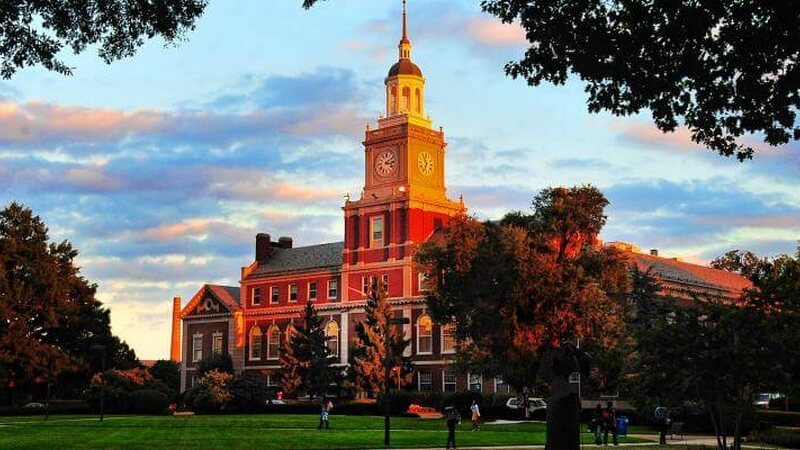Knowing about the public services near your college can significantly enhance your college experience. From convenient public transportation to nearby medical facilities, having this information ensures you're well-prepared and comfortable in your new environment. These practical tips will help you get a clear picture of what life will be like in your prospective college town.
How to Learn About Public Services Near a College
Choosing a college isn't just about the campus and the courses; it's also about the environment you'll be living in for the next few years. Knowing what public services are available near your prospective college can make a huge difference in your daily life. Here are some friendly and practical tips to help you discover what's available around your future home.
1. Start with Google Maps
Google Maps is your best friend when it comes to exploring new areas. Simply enter the address of the college and zoom out a bit to see what's nearby. Look for icons that indicate public services: hospitals, police stations, public libraries, and transportation hubs. It's a quick way to get a lay of the land.
2. Check the College Website
Many colleges provide information about the surrounding area on their official websites. They often include a section about "local amenities" or "living in (city name)." This section can highlight everything from nearby parks to essential services. If it's not readily available, don't hesitate to contact the admissions office; they'll be happy to help.
3. Use Community Forums and Social Media Groups
Platforms like Reddit, Facebook, and Nextdoor have community groups where locals share information. Join groups related to the college’s city or neighborhood. Ask about public services and amenities in these groups—you'll often get honest, detailed responses from people who live there.
4. Explore City and Local Government Websites
City and local government websites are treasure troves of useful information. They typically have directories of public services, including emergency services, public transportation, and health services. Websites like these can also provide insights into city events, safety statistics, and community resources.
5. Take Virtual Tours
If you can't visit in person, many colleges and cities offer virtual tours. These tours often highlight nearby public services and amenities. Look for virtual tours on the college’s website or the city's tourism page.
6. Consult Online Reviews and Ratings
Websites like Yelp, Google Reviews, and TripAdvisor can give you a sense of the quality of public services in the area. Look up reviews for local hospitals, public transportation, parks, and libraries. The comments can provide valuable insights about safety, efficiency, and overall quality.
7. Contact Current Students or Alumni
Who better to tell you about the local area than those who’ve experienced it firsthand? Reach out to current students or alumni through the college’s social media pages or alumni networks. They can provide a candid look at what it's like to live near the college and what public services are most useful.
8. Use Public Transportation Apps
If public transportation is crucial for you, apps like Citymapper or Moovit are fantastic for assessing the local transit situation. These apps can show you routes, schedules, and even live updates on the nearest buses or trains. They can also give you a sense of how easy it will be to get around without a car.
9. Visit During Orientation
If you have the opportunity to visit the campus for orientation or a college tour, take some time to explore the surrounding area. Walk around, visit local amenities, and get a feel for the neighborhood. This firsthand experience is invaluable and can often give you insights that you won’t find online.
10. Check Safety Statistics
Safety is paramount. Look up safety statistics for the area around the college. Websites like NeighborhoodScout or local police department websites provide detailed crime statistics and safety information.
Conclusion
Latest Articles
In This Article
- 1. Start with Google Maps
- 2. Check the College Website
- 3. Use Community Forums and Social Media Groups
- 4. Explore City and Local Government Websites
- 5. Take Virtual Tours
- 6. Consult Online Reviews and Ratings
- 7. Contact Current Students or Alumni
- 8. Use Public Transportation Apps
- 9. Visit During Orientation
- 10. Check Safety Statistics


